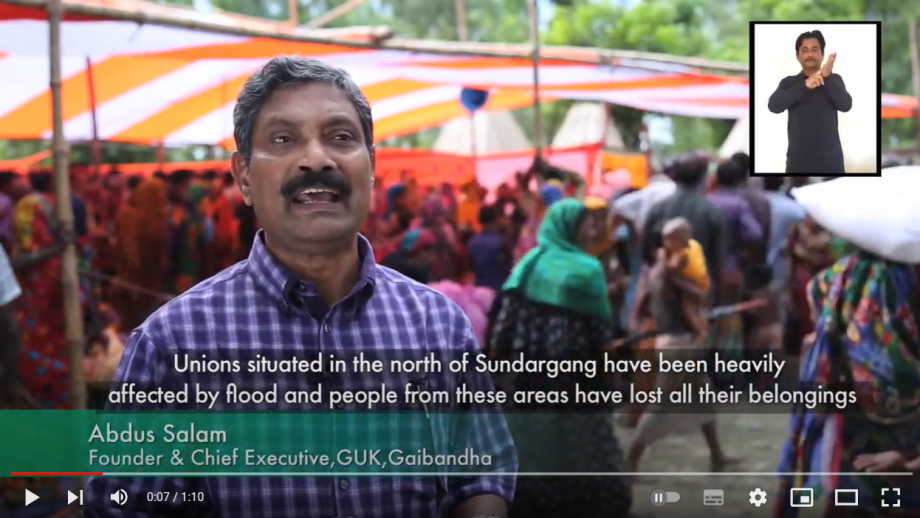Charter on Inclusion of Persons with Disabilities in Humanitarian Action
The Charter on Inclusion of Persons with Disabilities in Humanitarian Action was developed in advance of the World Humanitarian Summit 2016 in Istanbul. Over 70 stakeholders from governments, UN agencies, the international civil society community, and global, regional, and national organisations of persons with disabilities contributed to it.
The Charter acknowledges, that ‘persons with disabilities are disproportionately affected in situations of risk and humanitarian emergencies and face multiple barriers in accessing protection and humanitarian assistance, including relief and recovery support.’ Therefore, it aims to make ‘humanitarian action inclusive of persons with disabilities and to take all steps to meet their essential needs and promote their protection and safety. It also requires steps to be taken to respect the dignity of persons with disabilities in situations of risk, including situations of armed conflict, humanitarian emergencies and the occurrence of natural disasters.’
By endorsing this Charter, actors commit to removing barriers persons with disabilities are facing in accessing relief, protection, and recovery support and ensuring their participation in the development, planning, and implementation of humanitarian programs. One of the five actionable commitments that actors have committed to is to ensure meaningful participation of Organisations of Persons with Disabilities (OPDs) in the needs assessment, design, implementation, coordination, monitoring, and evaluation of humanitarian preparedness and response programs and to foster inclusive community-based protection mechanisms.
